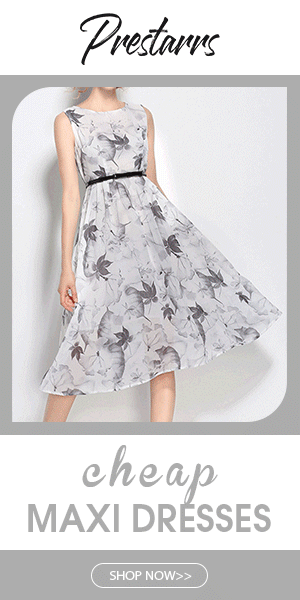How Chinese Culture Has Influenced Lolita Fashion
17:27
With origins tied to Japanese style,
Lolita fashion has been influenced by so many different cultures, historical
figure, and bits of pop culture since it started gaining popularity back in the
1960s—from the beloved fantasy novel Alice
in Wonderland (and the eccentrically colorful movies based on the book), to
the beautiful and fierce French ruler Marie Antionette, pieces of Lolita
fashion have been derived from pieces of art and historical icons all over the
world, and ideas for new styles continue to be curated every day in an effort
to adapt to modern designs. The many different substyles, such as “hime”
(princess), “country,” “sailor,” “steampunk,” and “kuro” (black) allow women to
embrace Lolita fashion while staying true to their own personal style.
The Chinese culture has placed a large
emphasis on beauty and dignity for centuries, with bright colors, silky
materials, and delicate patterns acting as staples in this nation’s fashion
throughout many dynasties, while gradually evolving to adapt to international
styles during more modern eras. With varying designs that can be whimsical,
elegant, or even gothic, it is no wonder that traditional Chinese themes have
found their way into Lolita clothing. Let’s explore some of the best ways that
Chinese culture has influenced some of the most gorgeous Chinese
Lolita
dresses.
This
Qi Lolita dress would be breathtaking to
wear to a garden party or afternoon brunch. The lotus design, which of course
exudes grace and elegance, is complemented perfectly by green details behind
the bright and bold pink flowers, bringing the forest to life and creating a
true mural using the dress as a canvas.
Embroidery, while a well-known art form
throughout the world, has a longstanding history in Chinese culture. Thousands
of years ago China became the first country to weave silk, which lead to the
production of silk thread for embroidery. The artform evolved and gained
popularity throughout the world overtime, but has remained a classic design
element in Chinese culture. There are four different varieties of Chinese
embroidery: Xiang, which uses pure silk, nylon, and hard and soft satins, all
in colorful threads to create masterpieces; Shu, which employs smooth designs
based on environmental and historical images; Yue, which features strong,
contrasting colors and images of dragons and phoenixes; and Su, which uses thin
needs, dense lines, and bright colors to create patterns that are most often
seen in costumes and decorates.
It’s no surprise that the practice of
embroidery has made its way into Lolita fashion due to its versatility and
delicateness. Nearly any picture can be embroidered into the fabric of a dress,
from beautifully unique shapes and patterns to floral landscapes.
This HanFu
dress comes in two
different colors, a mint/white combination and a black/red combination, to
offer options for contrasting moods and occasions. While the white and mint
version offers a light and dainty vibe that can be worn to daytime events as
one would wear a sun dress, the black and red option provides a more elegant
yet bold look. Red and black
are two exceptionally popular colors in
Chinese culture, with red even being worn by brides. Both of these dresses
honor the Chinese art of intricate embroidery, featuring a beautiful rose
pattern amongst other details.
Another prominent part of Chinese culture
that has undoubtedly made its way into the fashion landscape is the mythical
dragon, which traditionally symbolize power, strength, prosperity, and good
luck. Dragons have been used on many different pieces of clothing throughout
Chinese history, including imperial robes worn by officers and softer designs
on modern silk garments.
With an impressive aesthetic and
significant meaning, the dragon
makes a magnificent addition to Lolita fashion, which is grounded in
history and making a statement. While some designs offer more subtle nods to
Chinese culture, inclusion of the dragon pays direct homage to the country, its history, and its legends.
Once again featuring bold black and red
colors, this dress is most directly inspired by Chinese culture and traditions,
from the neckline that mimics a traditional qipao, to the dragon artwork and
tassels.
These Chinese designs
have allowed women around the world to embrace such a special culture that
celebrates beautiful
elements and unique features. Whether one
sports Lolita fashion in their everyday lives or prefers to save these dresses
for special occasions, there are options to wear to any event while also
honoring tradition. Some influential aspects, such as the famously symbolic
dragon, provides a direct and obvious correlation to Chinese culture, while
embroidery designs and floral scenes offer a more subtle way to pay tribute to
Chinese culture.























0 comentários
Só libero os comentários depois de lê-los.
Se tiverem alguma dúvida, perguntem que eu responderei por aqui mesmo!
Obrigada pela visita!